Have you ever wondered what makes certain materials like face masks, wet wipes, or shopping bags so versatile? The answer often lies in a fascinating fabric construction known as non woven material.
Unlike traditional woven fabrics, which interlace threads together, non woven materials are created by bonding fibers directly together. This unique process results in a diverse range of materials with specific properties ideal for various applications. Let’s delve deeper into the world of nonwovens and explore their characteristics, types, and uses.
How is Non Woven Fabric Made?
The magic of non woven fabric lies in its production process. Instead of weaving or knitting, nonwovens are created by bonding fibers together using mechanical, thermal, or chemical methods.
Here’s a simplified breakdown of the process:
- Fiber Preparation: The journey begins with selecting fibers like polyester, polypropylene, or cellulose. These fibers are then cleaned, carded, and arranged into a web-like structure.
- Web Bonding: This is where the “non woven” aspect comes into play. The fiber web is bonded together using one of the following methods:
- Mechanical Bonding: Fibers are entangled using needles or water jets, creating a strong, durable fabric.
- Thermal Bonding: Heat is applied to melt and fuse fibers together, often used for soft, breathable fabrics.
- Chemical Bonding: Adhesives or binders are used to bind fibers, resulting in materials with specific properties like water resistance.
- Finishing: The bonded fabric undergoes finishing processes like calendaring (smoothing) or embossing (adding texture) to enhance its appearance and functionality.
Properties of Non Woven Fabric: A Winning Combination
The unique manufacturing process of non woven materials bestows them with a range of impressive properties, making them suitable for diverse applications:
- Strength and Durability: Despite their seemingly delicate structure, nonwovens can be incredibly strong and tear-resistant, especially when mechanically bonded.
- Porosity and Breathability: The spaces between fibers allow for excellent air and liquid permeability, making them ideal for applications requiring breathability or filtration.
- Softness and Comfort: Many nonwoven fabrics are surprisingly soft and comfortable against the skin, making them suitable for hygiene and medical products.
- Versatility: By adjusting fiber types and bonding methods, manufacturers can create nonwovens with specific properties like water resistance, absorbency, or flame retardancy.
- Cost-Effectiveness: The streamlined production process often makes nonwovens a more cost-effective option compared to traditional woven fabrics.
Types of Non Woven Materials: A World of Variety
The world of nonwoven fabrics is incredibly diverse, with different types catering to specific needs. Here are some prominent examples:
- Spunbond Non Woven Fabric: Made from continuous filaments bonded together, spunbond fabrics are known for their strength, durability, and versatility. They’re commonly used in shopping bags, furniture, and geotextiles.
- Meltblown Non Woven Fabric: This type utilizes melted polymer fibers blown into a web and bonded together. Meltblown fabrics are exceptionally fine and porous, making them ideal for face masks, filters, and medical gowns.
- Needlepunched Non Woven Fabric: Created by mechanically interlocking fibers with barbed needles, needlepunched fabrics are known for their strength, durability, and excellent filtration properties. They’re commonly used in carpets, geotextiles, and automotive applications.
Advantages of Non Woven Fabric: Why Choose Nonwovens?
The unique properties and versatility of nonwoven materials offer numerous advantages:
- Exceptional Functionality: Nonwovens can be engineered for specific properties like absorbency, filtration, or barrier protection, making them ideal for various applications.
- Cost-Effectiveness: Their efficient production process often translates to lower manufacturing costs compared to traditional woven fabrics.
- Sustainability: Many nonwoven materials are recyclable or biodegradable, making them a more environmentally friendly option.
- Hygiene and Safety: Nonwovens can be sterilized and used in medical and hygiene products, ensuring safety and cleanliness.
Uses of Non Woven Fabric: From Everyday Essentials to Specialized Applications
Non woven materials have seamlessly integrated into our daily lives and play crucial roles in various industries. Here’s a glimpse into their diverse applications:
- Hygiene and Medical: Think diapers, wipes, masks, gowns, and bandages – nonwovens are essential for hygiene and medical products due to their absorbency, breathability, and barrier properties.
- Filtration: From air filters in your home to industrial filtration systems, nonwovens effectively capture particles and impurities, ensuring clean air and water.
- Agriculture: Nonwoven fabrics are used for crop covers, weed control, and frost protection, helping farmers increase yields and protect their crops.
- Construction and Geotextiles: Nonwovens provide reinforcement, drainage, and separation in road construction, erosion control, and landscaping applications.
- Automotive: From car interiors to sound insulation, nonwovens contribute to a comfortable and efficient driving experience.
- Packaging: Durable and lightweight nonwoven bags are replacing plastic bags, offering a more sustainable packaging solution.
Non Woven Material vs Woven Fabric: Understanding the Differences
While both nonwoven and woven fabrics have their place, understanding their differences is crucial for selecting the right material for a specific application.
| Feature | Non Woven Fabric | Woven Fabric |
|---|---|---|
| Construction | Fibers bonded together | Interlaced threads |
| Production | Faster and more efficient | More time-consuming and labor-intensive |
| Strength | Can be strong and durable, depending on the bonding method | Generally stronger and more resistant to tearing |
| Drape | Tends to be stiffer and less drapable | Offers better drape and flexibility |
| Breathability | Typically more breathable due to spaces between fibers | Can vary depending on weave and fiber type |
| Cost | Often more cost-effective | Can be more expensive |
Examples of Non Woven Materials in Everyday Life: You Encounter Them Every Day!
- The tea bag steeping your morning brew
- The disposable cleaning wipes in your kitchen
- The face mask protecting you and others
- The lining inside your disposable diaper
- The geotextile fabric used in your garden landscaping
Addressing Common Questions about Non Woven Materials
Is non woven material biodegradable?
The biodegradability of non woven material depends on the fiber used. Natural fibers like cellulose are biodegradable, while synthetic fibers like polypropylene are not. However, advancements in biodegradable polymers are leading to more sustainable nonwoven options.
What is spunbond non woven fabric?
Spunbond non woven fabric is made from continuous filaments bonded together, resulting in a strong, durable, and versatile material used in various applications like shopping bags, furniture, and geotextiles.
What is meltblown non woven fabric used for?
Meltblown non woven fabric is known for its exceptionally fine and porous structure, making it ideal for face masks, filters, and medical gowns due to its excellent filtration and barrier properties.
Non woven material manufacturers near me:
Looking for high-quality non woven materials? Look no further than Favourite Fab! We are a leading manufacturer and supplier of a wide range of nonwoven fabrics, catering to diverse industries and applications.
Contact Us
Favourite Fab is committed to providing exceptional quality, innovation, and customer satisfaction. Contact us today to discuss your non woven material needs!
Email: sale@favouritehub.com
WhatsApp: +91 95288811566



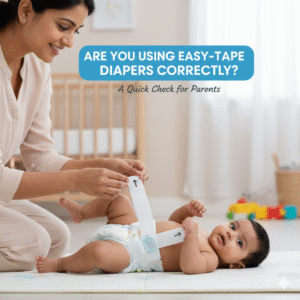
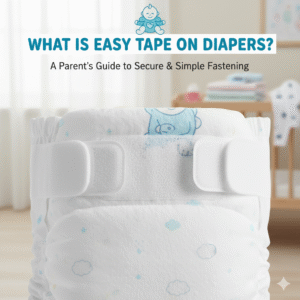
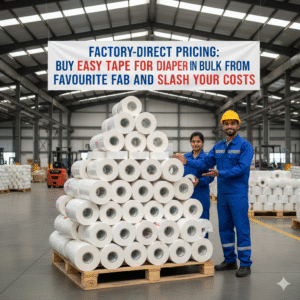
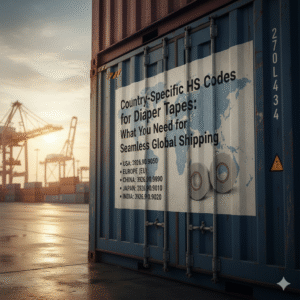
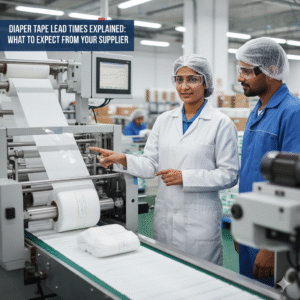
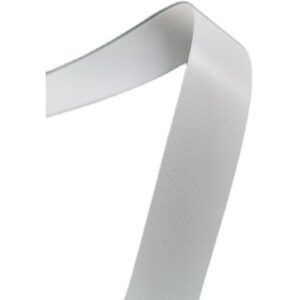
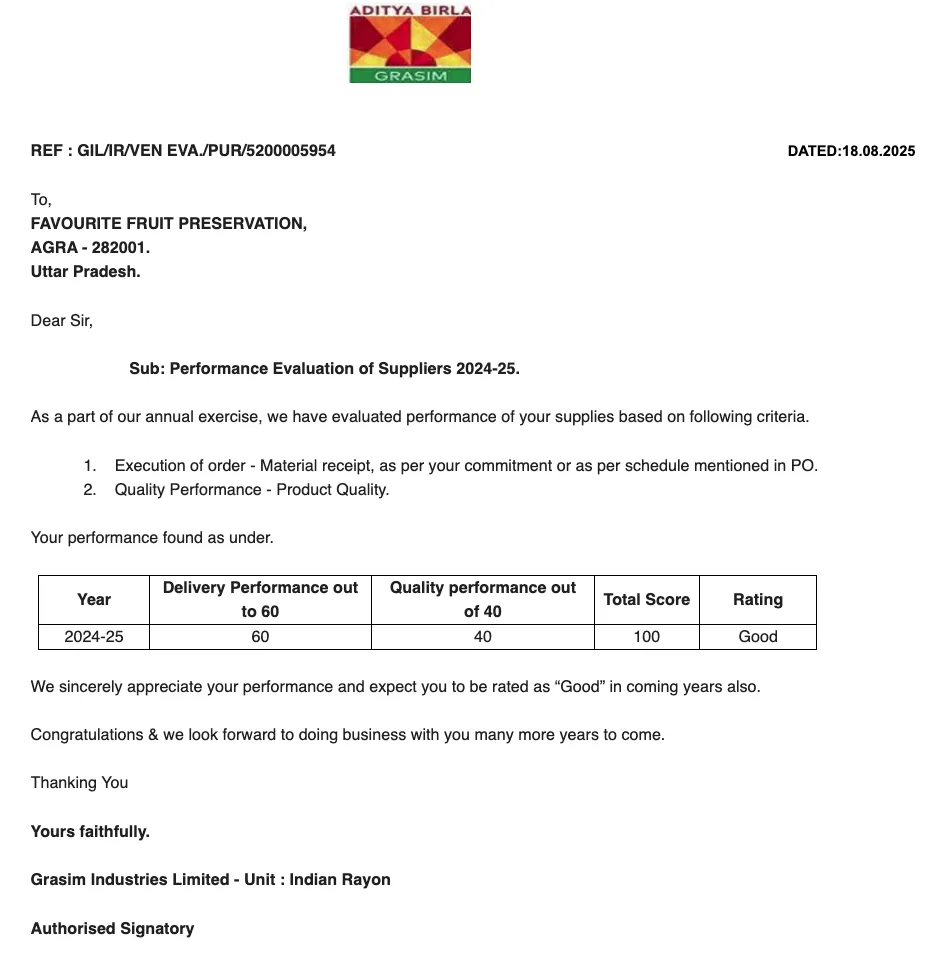




























We Do Business On Trust.Our Nonwoven fabric Business is Built on trust. Trust starts with Transparency.
Mr.Ramniwas Garg Founder Of Favourite Group